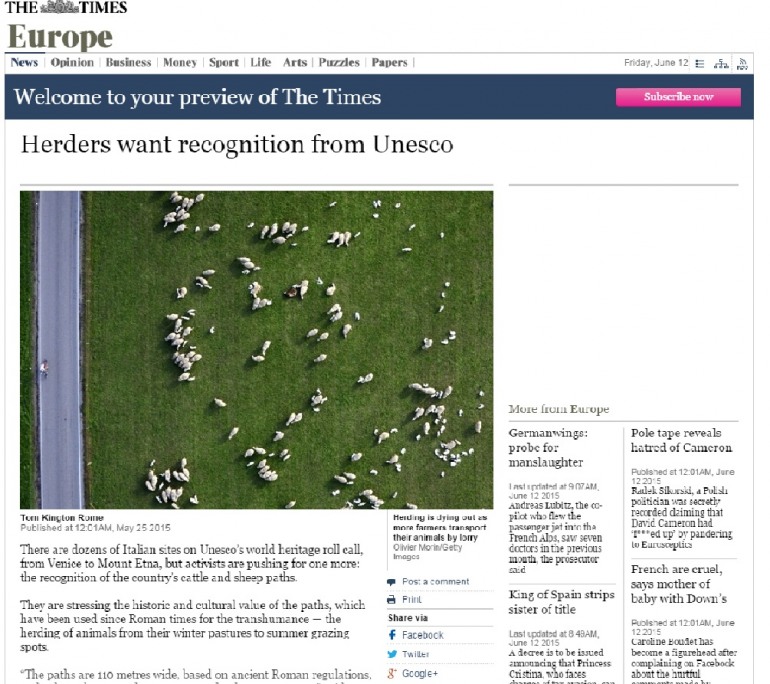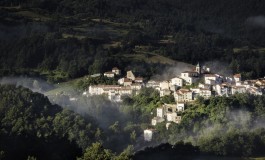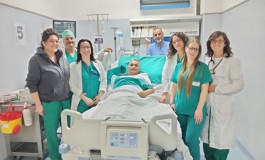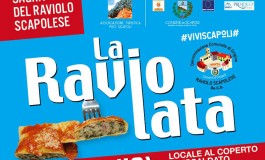La transumanza molisana vista dal quotidiano “Times”

There are dozens of Italian sites on Unesco’s world heritage roll call, from Venice to Mount Etna, but activists are pushing for one more: the recognition of the country’s cattle and sheep paths. They are stressing the historic and cultural value of the paths, which have been used since Roman times for the transhumance — the herding of animals from their winter pastures to summer grazing spots.
“The paths are 110 metres wide, based on ancient Roman regulations, and, where they passed, commerce and culture sprang up,” said Nicola di Niro, the head of the rural development agency that is leading the bid. In Puglia, the Colantuono family still herds 300 cows 110 miles into the hills of Molise every year, as it has done for 300 years, but as more farmers transport their animals to grazing grounds by lorry, the practice is dying out.
Campaigners have the support of the Italian government, and will submit a joint bid by the end of the year with other southern European countries that have a transhumance tradition, including Portugal, Spain and Greece.
Italy has previously succeeded in getting the Mediterranean diet on to the Unesco list of “intangible” treasures and has also submitted the traditional Neapolitan art of pizza-making as a candidate.
Unesco has shown it appreciates the cultural value of the transhumance by listing the homelands of the Lapp people in northern Sweden, where life still revolves around the migration of huge herds of reindeer.
“The transhumance trail is a long green belt by definition, allowing animals to graze along the way, and is guarantee of conservation,” said Nunzio Marcelli, a shepherd who takes tourists along with him when he leads his sheep up through gorges and wild meadows to summer pastures in Abruzzo in central Italy every spring.
“We have a TV crew coming from Australia to film us this year, but locally, no-one sees it as a resource any more,” he said.








Leave a Reply
Devi essere connesso per pubblicare un commento.